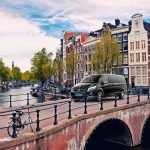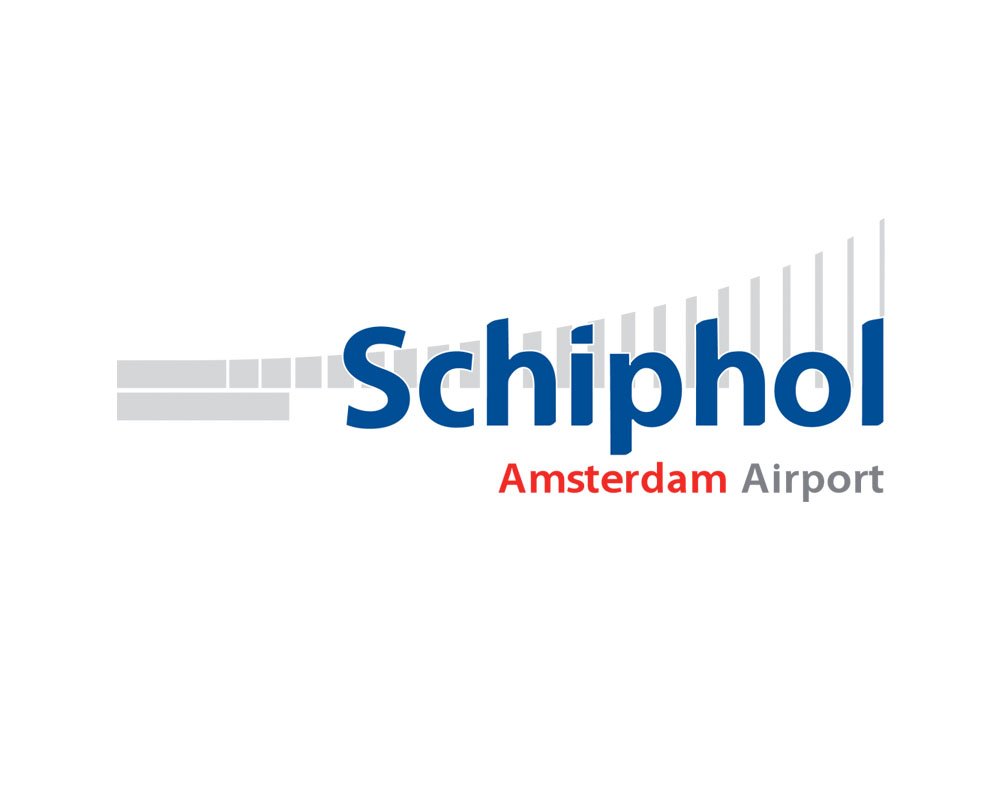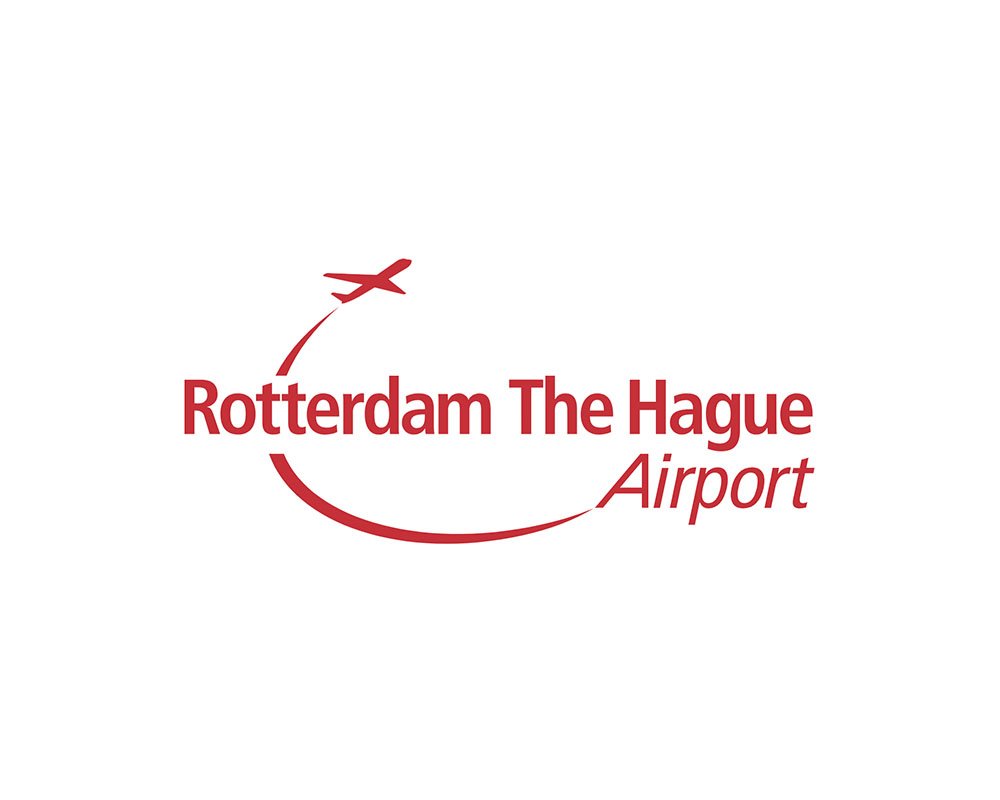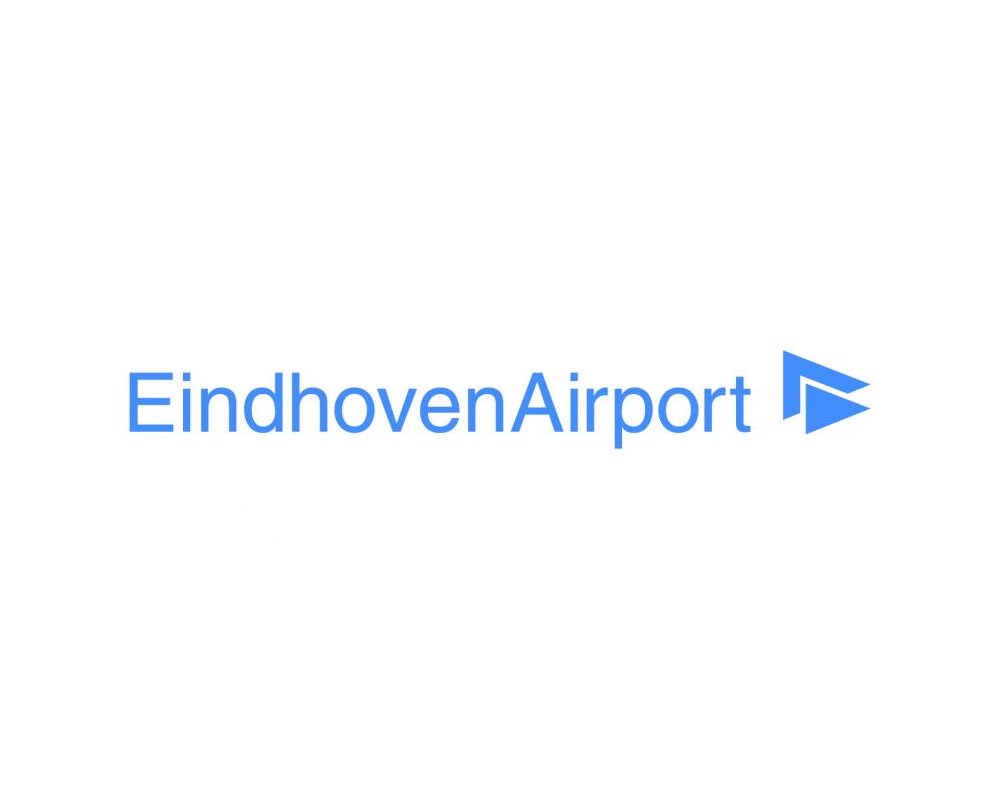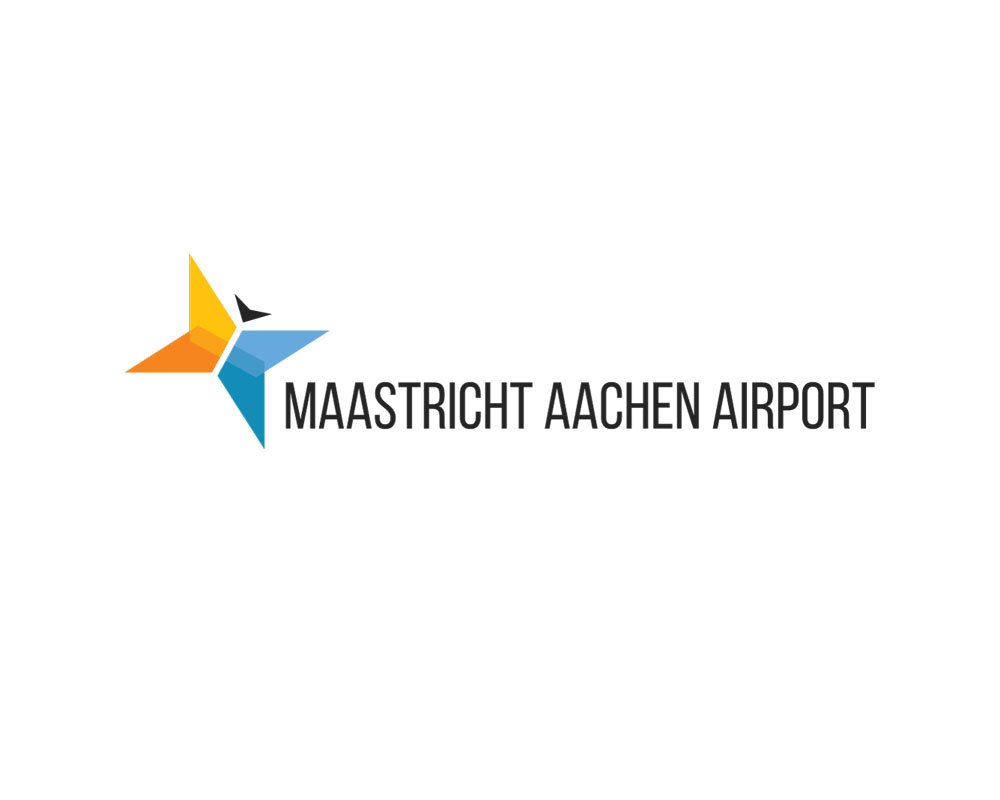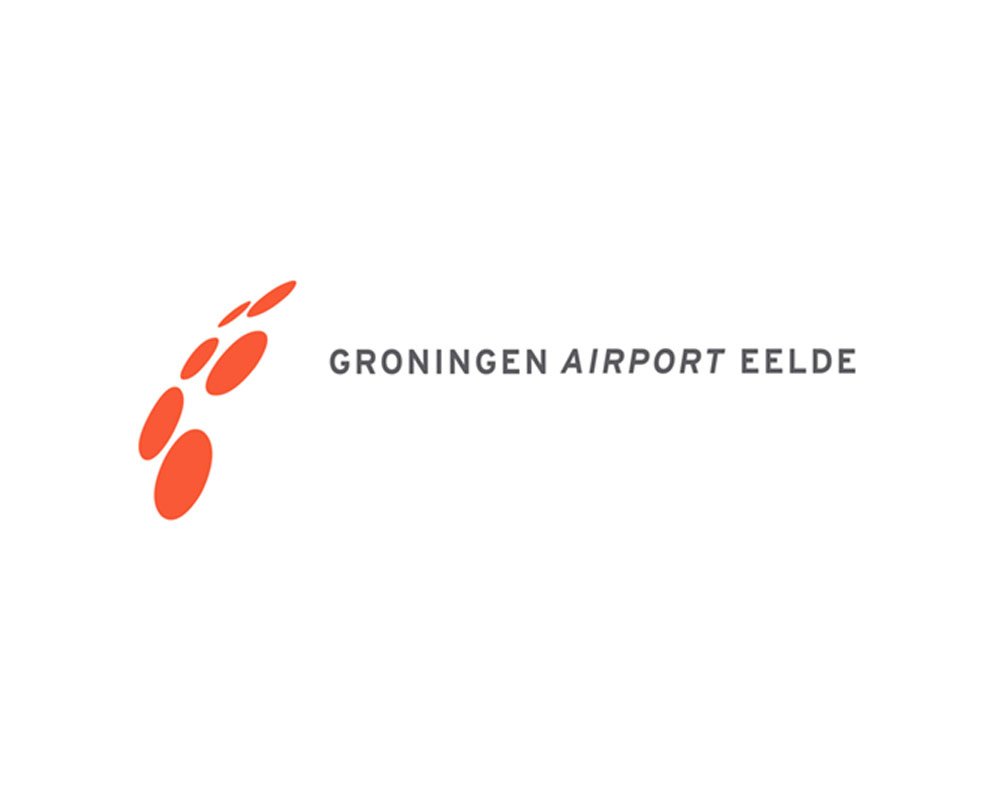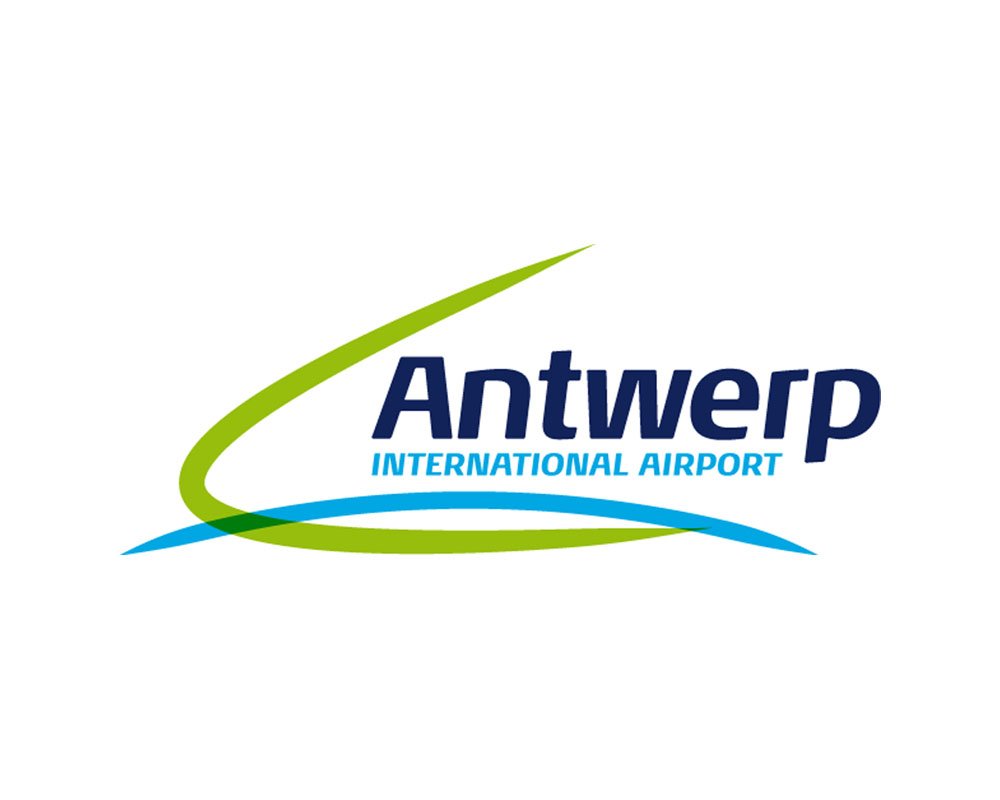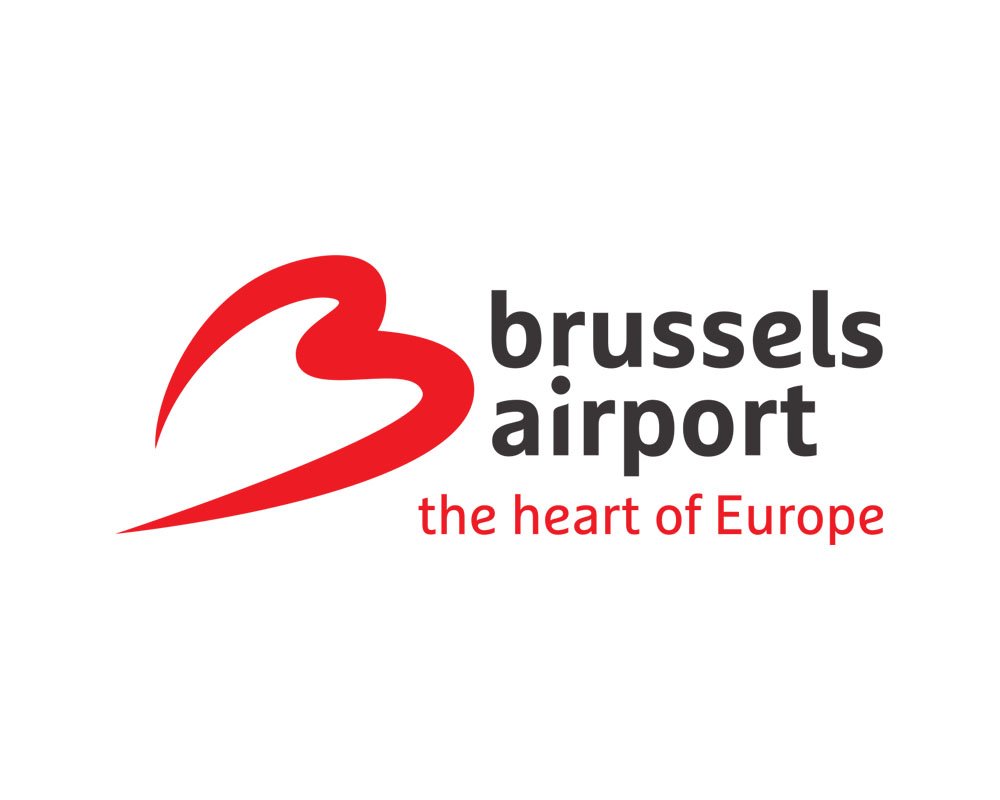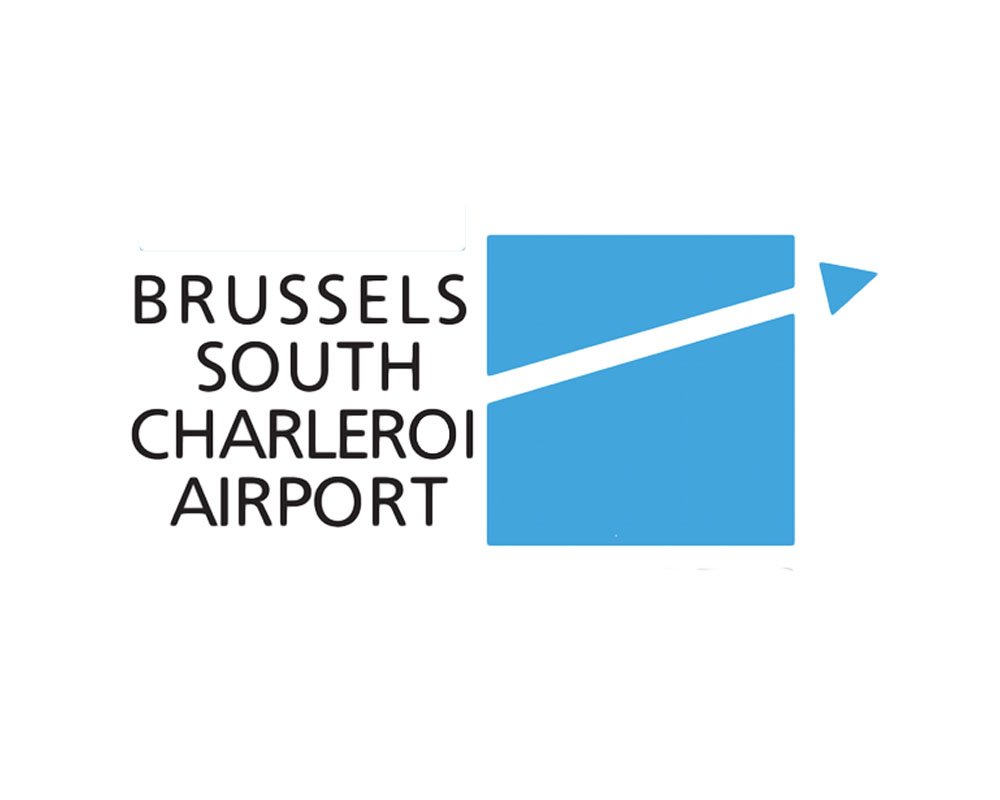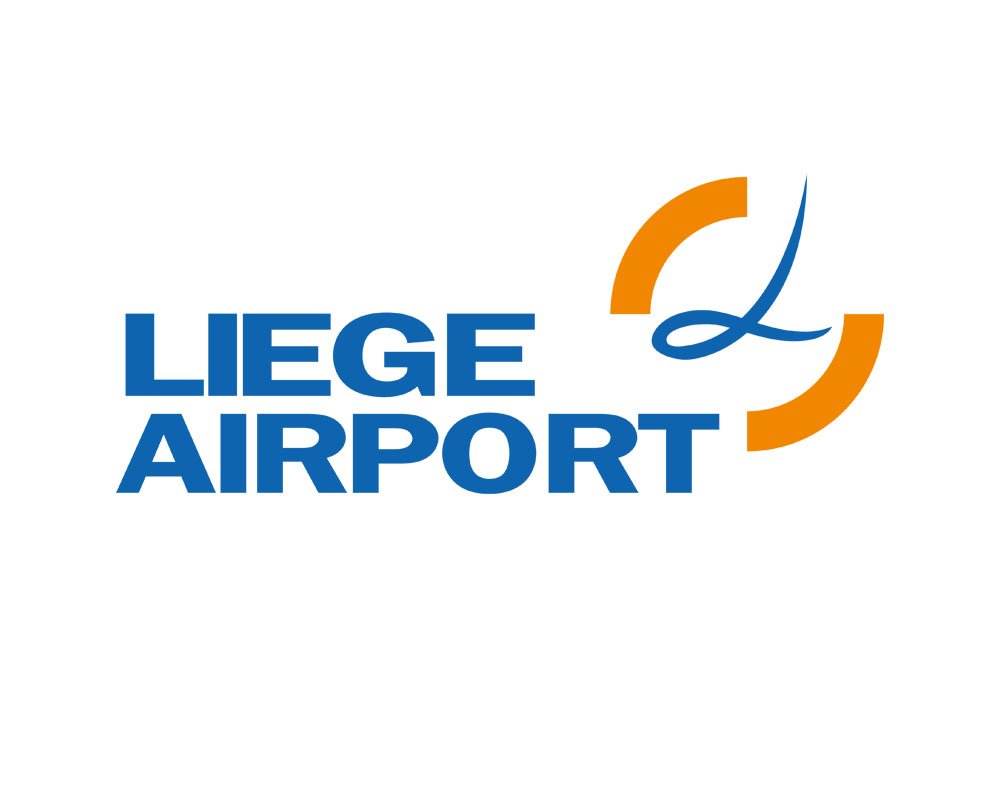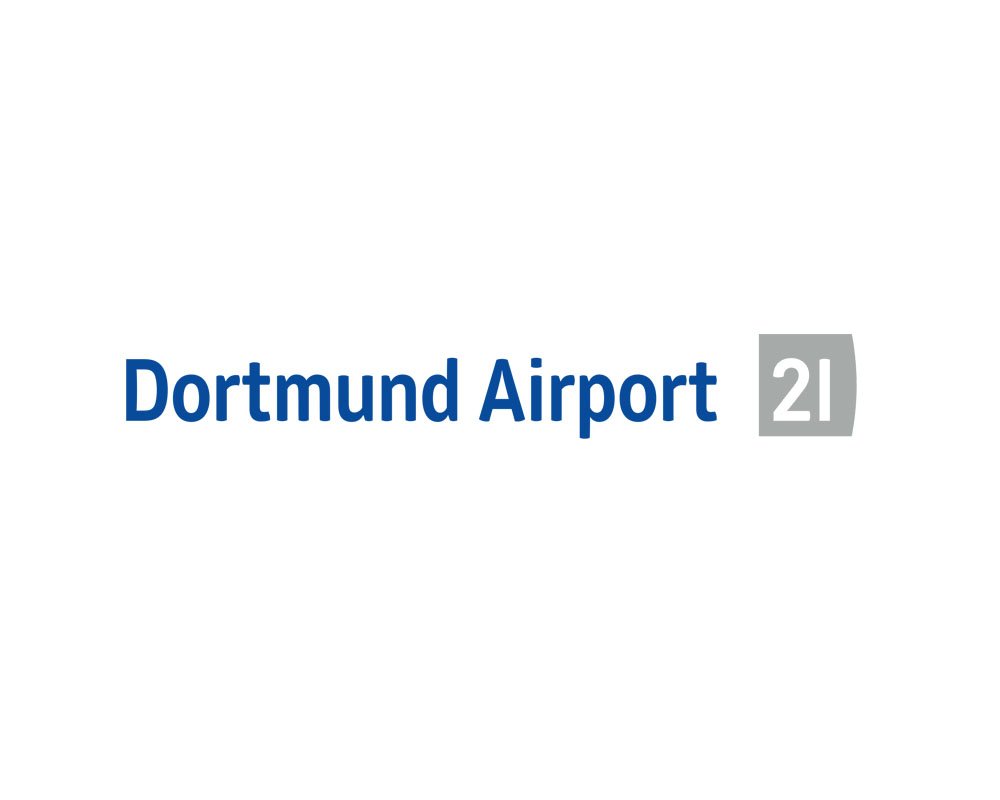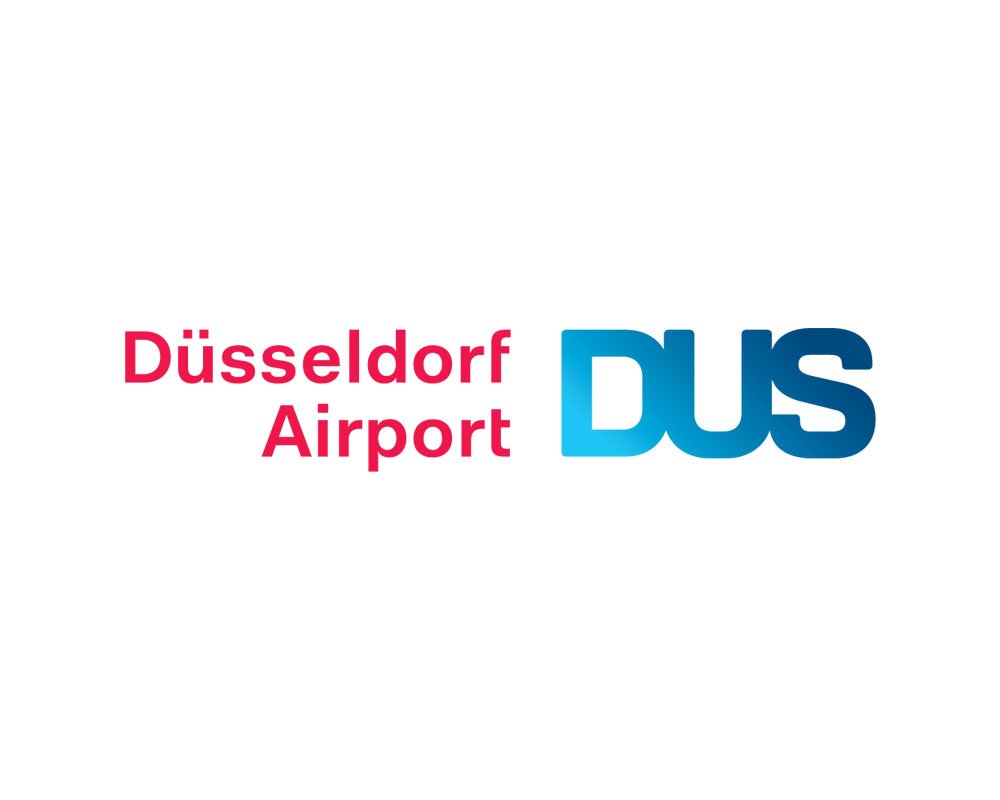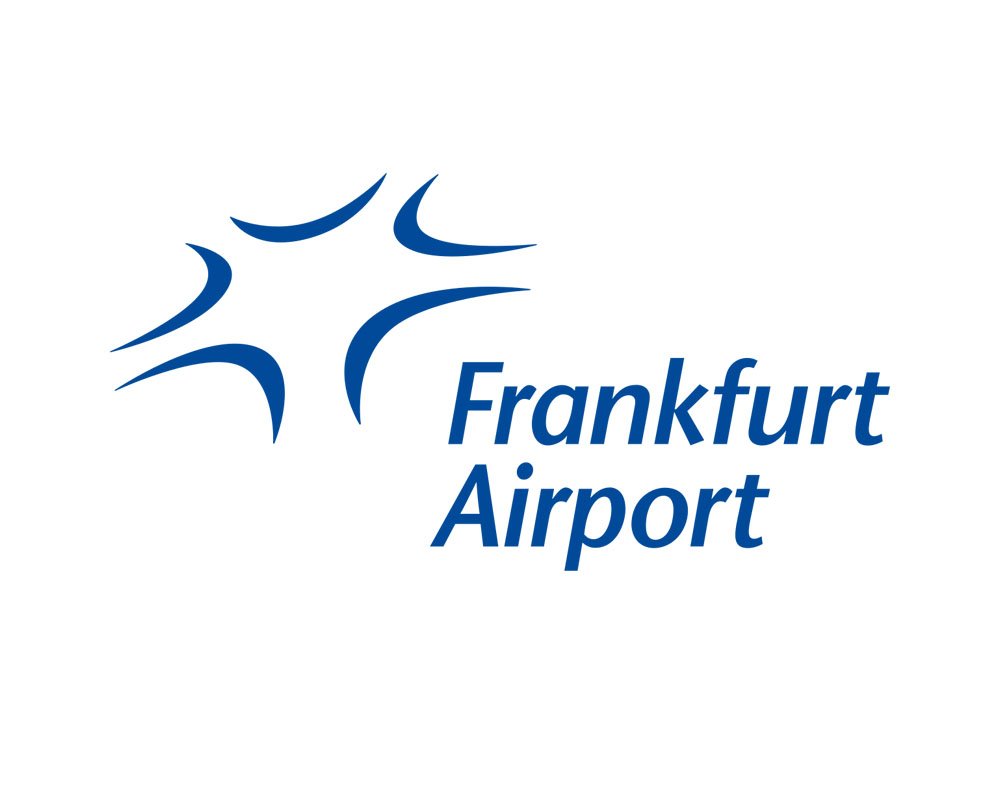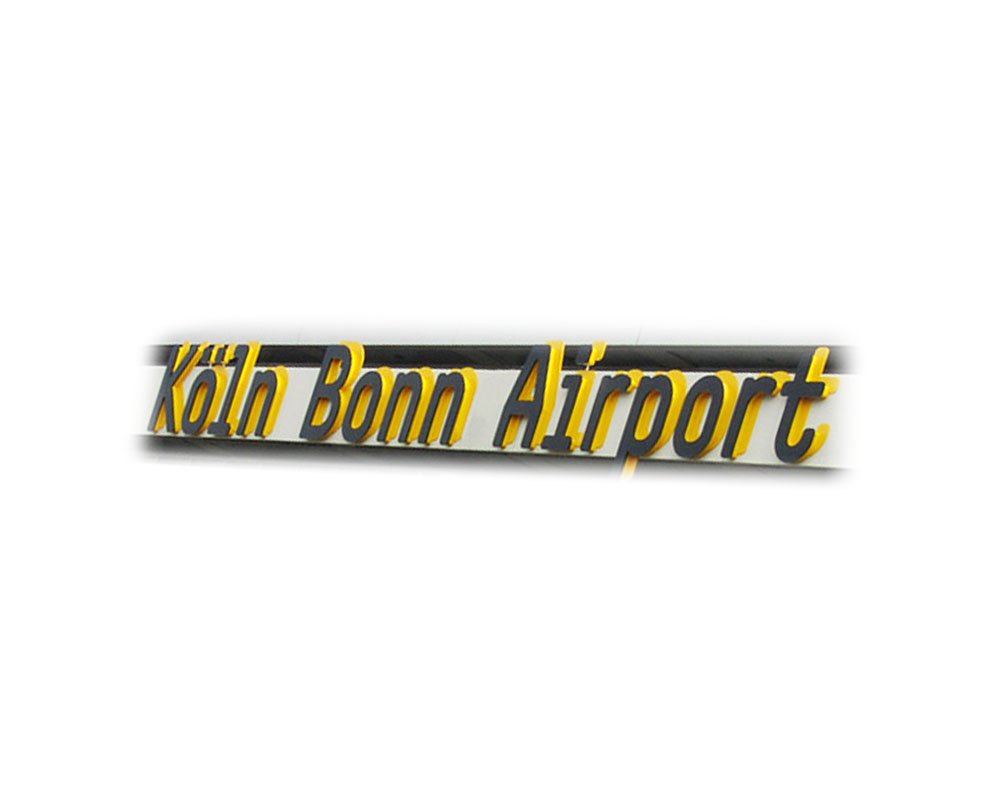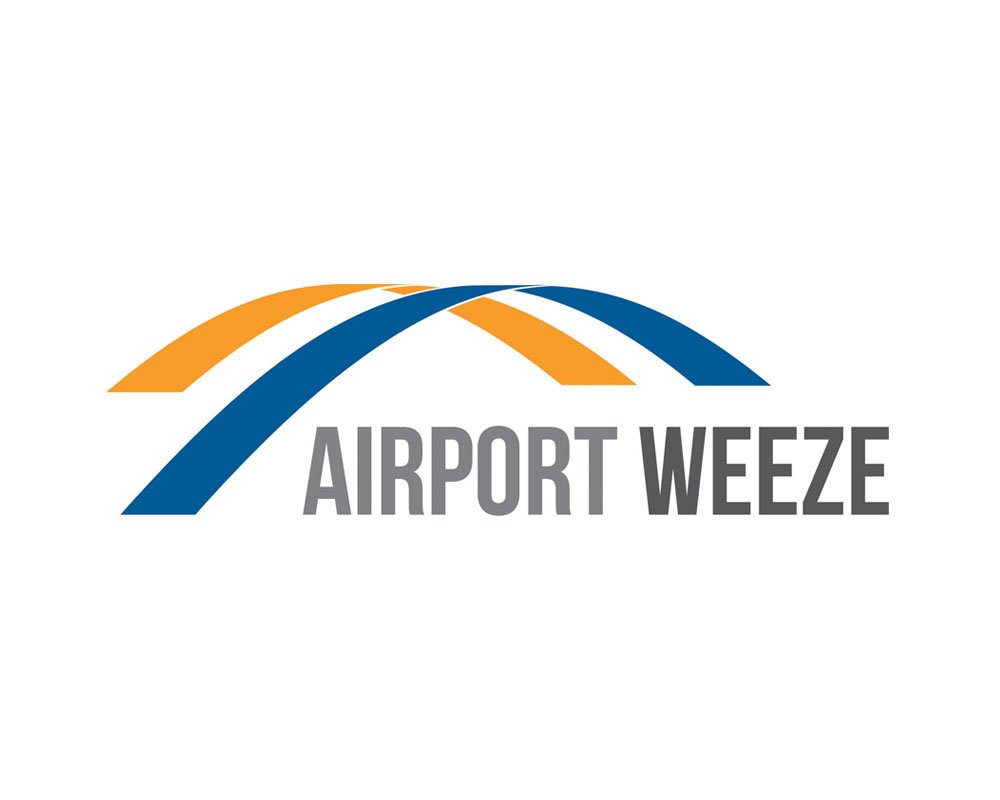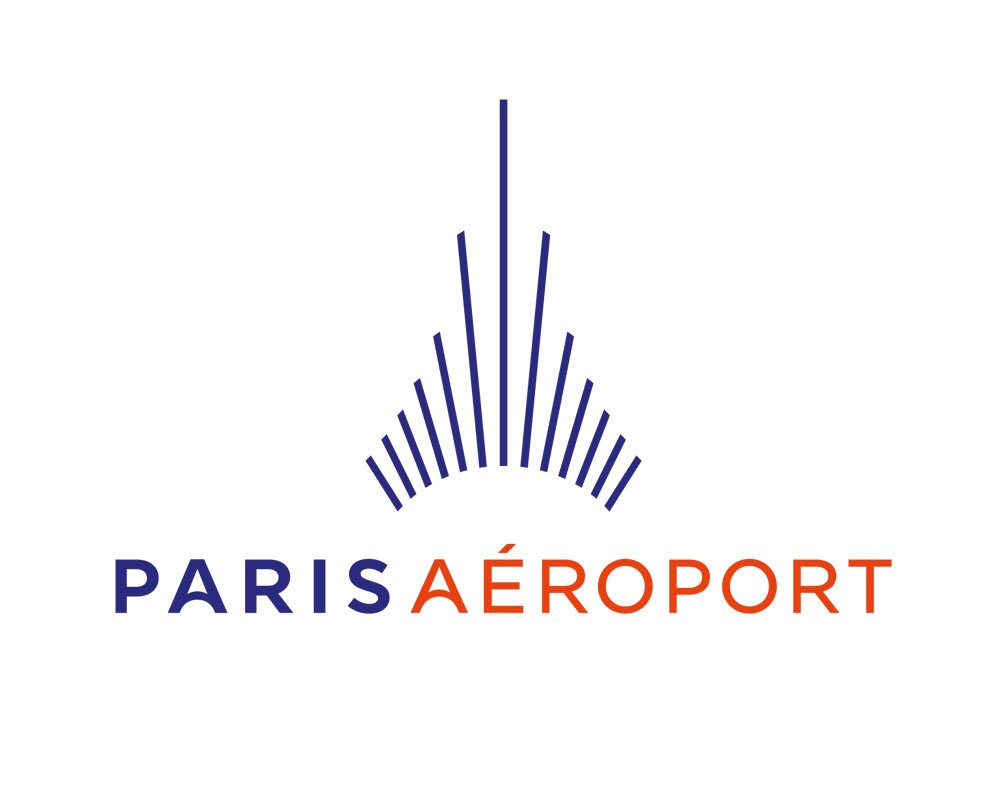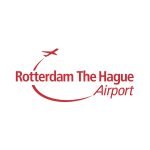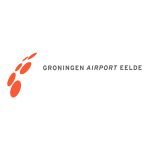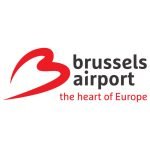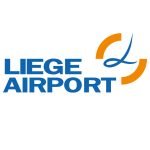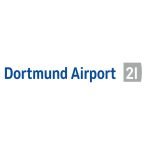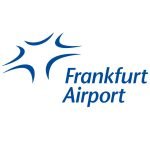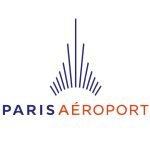Info
Omschrijving
Cologne (Köln) is the largest city of Germany’s most populous federal state of North Rhine-Westphalia, and its 1 million+ (2016) inhabitants make it the fourth most populous city in Germany after Berlin, Hamburg, and Munich. The largest city on the Rhine, it is also the most populous city both of the Rhine-Ruhr Metropolitan Region, which is Germany’s largest and one of Europe’s major metropolitan areas, and of the Rhineland. Centred on the left bank of the Rhine, Cologne is about 45 kilometres (28 mi) southeast of North Rhine-Westphalia’s capital of Düsseldorf and 25 kilometres (16 mi) northwest of Bonn. It is the largest city in the Central Franconian and Ripuarian dialect areas. Cologne is a major cultural centre for the Rhineland; it hosts more than 30 museums and hundreds of galleries. Exhibitions range from local ancient Roman archeological sites to contemporary graphics and sculpture. The Cologne Trade Fair hosts a number of trade shows such as Art Cologne, imm Cologne, Gamescom, and the Photokina.
Populaire Bezienswaardigheden & Attracties
Cologne Cathedral
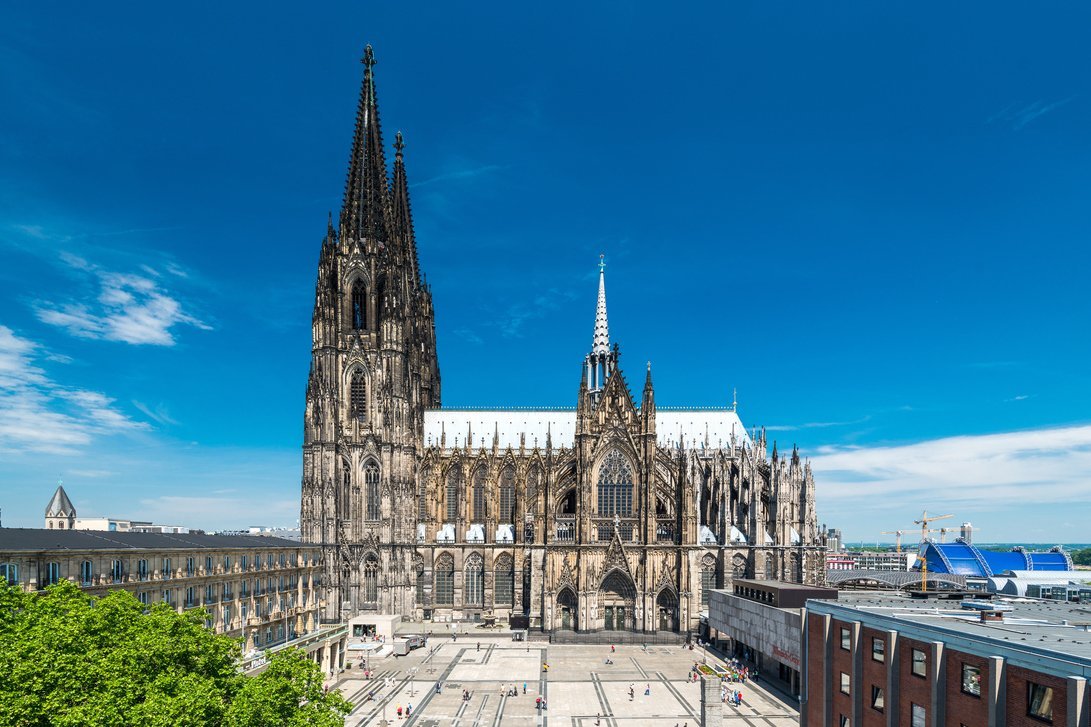 Cologne Cathedral (German: Kölner Dom, officially Hohe Domkirche Sankt Petrus, English: Cathedral Church of Saint Peter) is a Catholic cathedral in Cologne, North Rhine-Westphalia, Germany. It is the seat of the Archbishop of Cologne and of the administration of the Archdiocese of Cologne. It is a renowned monument of German Catholicism and Gothic architecture and was declared a World Heritage Site in 1996. It is Germany’s most visited landmark, attracting an average of 20,000 people a day, and currently the tallest twin-spired church at 157 m (515 ft) tall. Construction of Cologne Cathedral began in 1248 but was halted in 1473, unfinished. Work did not restart until the 1840s, and the edifice was completed to its original Medieval plan in 1880. The cathedral is the largest Gothic church in Northern Europe and has the second-tallest spires. The towers for its two huge spires give the cathedral the largest façade of any church in the world. The choir has the largest height to width ratio, 3.6:1, of any medieval church. Cologne’s medieval builders had planned a grand structure to house the reliquary of the Three Kings and fit its role as a place of worship for the Holy Roman Emperor. Despite having been left incomplete during the medieval period, Cologne Cathedral eventually became unified as “a masterpiece of exceptional intrinsic value” and “a powerful testimony to the strength and persistence of Christian belief in medieval and modern Europe”.
Cologne Cathedral (German: Kölner Dom, officially Hohe Domkirche Sankt Petrus, English: Cathedral Church of Saint Peter) is a Catholic cathedral in Cologne, North Rhine-Westphalia, Germany. It is the seat of the Archbishop of Cologne and of the administration of the Archdiocese of Cologne. It is a renowned monument of German Catholicism and Gothic architecture and was declared a World Heritage Site in 1996. It is Germany’s most visited landmark, attracting an average of 20,000 people a day, and currently the tallest twin-spired church at 157 m (515 ft) tall. Construction of Cologne Cathedral began in 1248 but was halted in 1473, unfinished. Work did not restart until the 1840s, and the edifice was completed to its original Medieval plan in 1880. The cathedral is the largest Gothic church in Northern Europe and has the second-tallest spires. The towers for its two huge spires give the cathedral the largest façade of any church in the world. The choir has the largest height to width ratio, 3.6:1, of any medieval church. Cologne’s medieval builders had planned a grand structure to house the reliquary of the Three Kings and fit its role as a place of worship for the Holy Roman Emperor. Despite having been left incomplete during the medieval period, Cologne Cathedral eventually became unified as “a masterpiece of exceptional intrinsic value” and “a powerful testimony to the strength and persistence of Christian belief in medieval and modern Europe”.
Wallraf-Richartz Museum
 The Wallraf–Richartz Museum is one of the three major museums in Cologne, Germany. It houses an art gallery with a collection of fine art from the medieval period to the early twentieth century.
The Wallraf–Richartz Museum is one of the three major museums in Cologne, Germany. It houses an art gallery with a collection of fine art from the medieval period to the early twentieth century.
Museum Ludwig
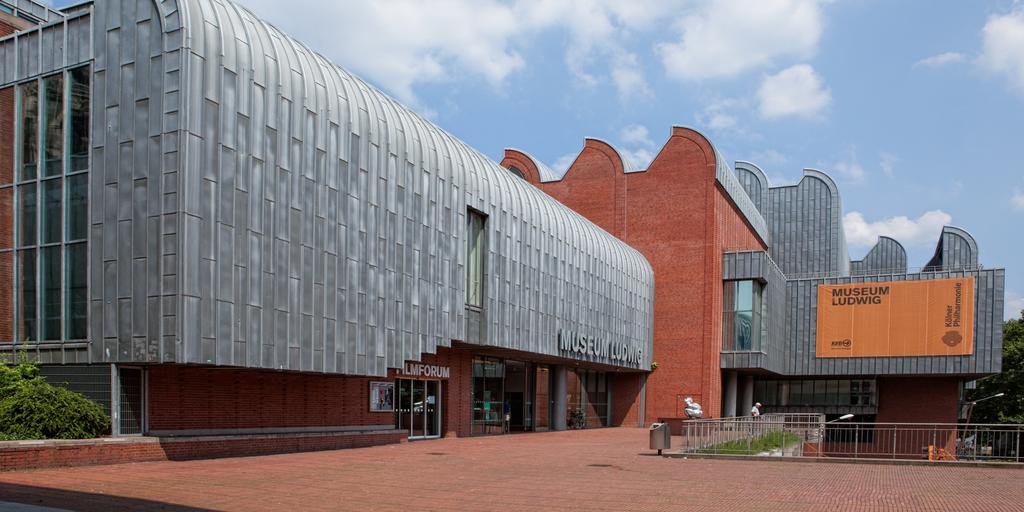 Museum Ludwig, located in Cologne, Germany, houses a collection of modern art. It includes works from Pop Art, Abstract and Surrealism, and has one of the largest Picasso collections in Europe. It also features many works by Andy Warhol and Roy Lichtenstein.
Museum Ludwig, located in Cologne, Germany, houses a collection of modern art. It includes works from Pop Art, Abstract and Surrealism, and has one of the largest Picasso collections in Europe. It also features many works by Andy Warhol and Roy Lichtenstein.
Cologne’s Old Town
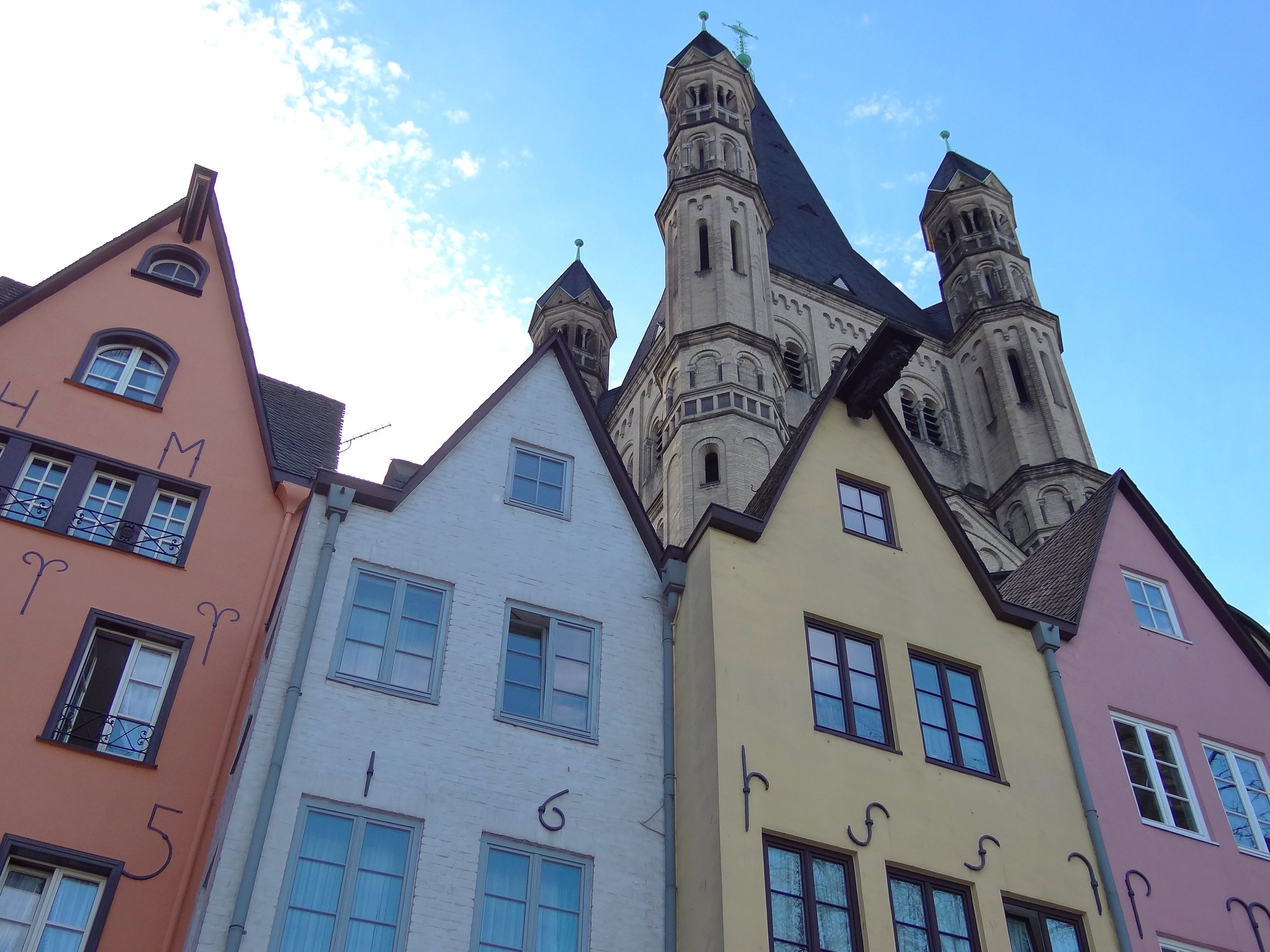 As you explore Cologne’s numerous historic churches and museums, you’ll crisscross the city’s lovely Old Town. In addition to old churches such as Great St. Martin, you’ll find yourself traversing countless alleys lined with traditional old houses, many now home to boutique shops, galleries, cafés, and restaurants. And with its many pleasant paths along the Rhine, you’ll find ample opportunity to enjoy great views as you plan your route through this ancient city. You’ll also find yourself in awe of the countless monuments and fountains that adorn the area, along with its Archaeological Zone, with its many ancient ruins and artifacts. A particular highlight in this area is Cologne’s Old Town Hall, the Kölner Rathaus, the oldest such public building in Germany. With a rich history dating back more than 900 years as the focal point of the ruling classes during medieval times, the building you see today reflects a number of different architectural influences, including the 14th-century main building, the 15th-century tower, and a Renaissance-style loggia and cloister. Even the 20th-century influences are pleasing, as seen in the atrium. Other highlights include the Hansasaal, or Hanseatic Hall, with its Gothic figures of eight prophets; the nine “good heroes” (pagan, Jewish, and Christian); and its sonorous carillon that plays three times each day.
As you explore Cologne’s numerous historic churches and museums, you’ll crisscross the city’s lovely Old Town. In addition to old churches such as Great St. Martin, you’ll find yourself traversing countless alleys lined with traditional old houses, many now home to boutique shops, galleries, cafés, and restaurants. And with its many pleasant paths along the Rhine, you’ll find ample opportunity to enjoy great views as you plan your route through this ancient city. You’ll also find yourself in awe of the countless monuments and fountains that adorn the area, along with its Archaeological Zone, with its many ancient ruins and artifacts. A particular highlight in this area is Cologne’s Old Town Hall, the Kölner Rathaus, the oldest such public building in Germany. With a rich history dating back more than 900 years as the focal point of the ruling classes during medieval times, the building you see today reflects a number of different architectural influences, including the 14th-century main building, the 15th-century tower, and a Renaissance-style loggia and cloister. Even the 20th-century influences are pleasing, as seen in the atrium. Other highlights include the Hansasaal, or Hanseatic Hall, with its Gothic figures of eight prophets; the nine “good heroes” (pagan, Jewish, and Christian); and its sonorous carillon that plays three times each day.
EL-DE Haus
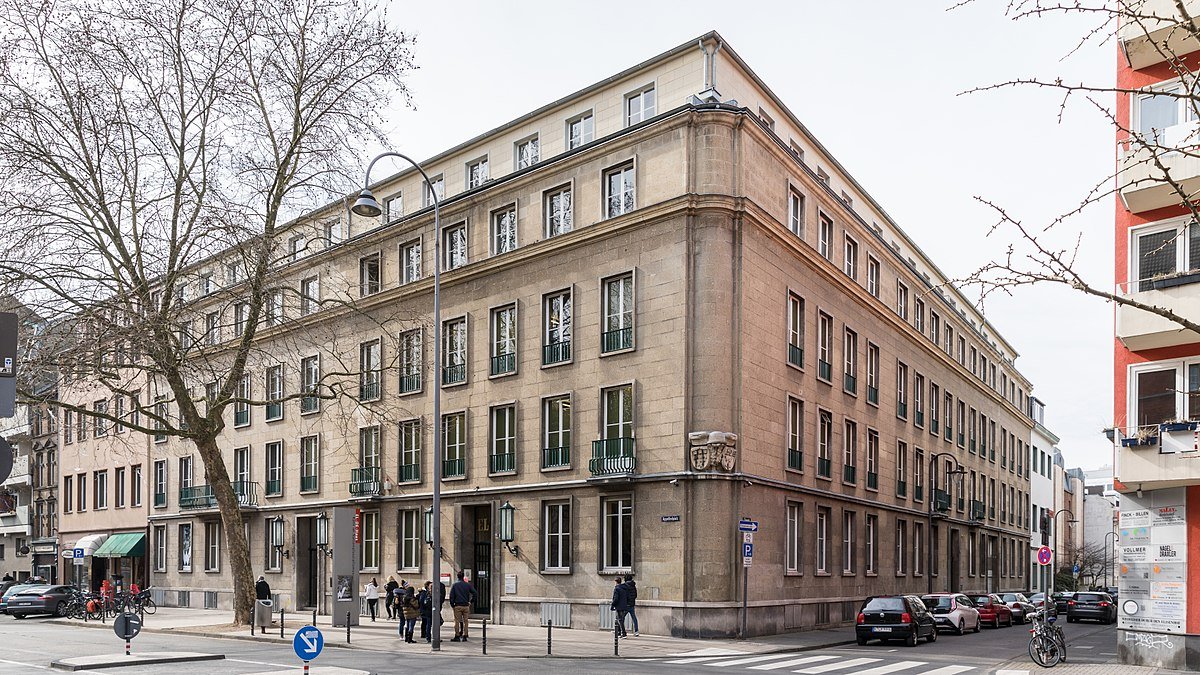 EL-DE Haus, officially the NS Documentation Center of the City of Cologne, located in Cologne, is the former headquarters of the Gestapo and now a museum documenting the Third Reich. The building was at first the business premises of jeweller Leopold Dahmen, and the building takes its name from his initials.[1] In 1934, the Nazis rented the building from him and turned it into the headquarters of the secret police, the Gestapo. Surprisingly, the building survived the Allied bombing of Cologne during World War II, while 90% of the city was destroyed. After the bombings, the basements of the building, which had been used as prison cells and torture rooms for forced labourers and political enemies, were used to store wartime files and paperwork. Inscriptions made on the walls of the prison cells by inmates can still be viewed today. The building was the site of many executions, as well as deaths due to overcrowding and poor hygienic conditions. In 2006, the Documentation Centre on National Socialism was awarded the Best in Heritage award, which is given to select museums. The only other German museum to have won the prize is the Buddenbrook Museum in Lübeck.
EL-DE Haus, officially the NS Documentation Center of the City of Cologne, located in Cologne, is the former headquarters of the Gestapo and now a museum documenting the Third Reich. The building was at first the business premises of jeweller Leopold Dahmen, and the building takes its name from his initials.[1] In 1934, the Nazis rented the building from him and turned it into the headquarters of the secret police, the Gestapo. Surprisingly, the building survived the Allied bombing of Cologne during World War II, while 90% of the city was destroyed. After the bombings, the basements of the building, which had been used as prison cells and torture rooms for forced labourers and political enemies, were used to store wartime files and paperwork. Inscriptions made on the walls of the prison cells by inmates can still be viewed today. The building was the site of many executions, as well as deaths due to overcrowding and poor hygienic conditions. In 2006, the Documentation Centre on National Socialism was awarded the Best in Heritage award, which is given to select museums. The only other German museum to have won the prize is the Buddenbrook Museum in Lübeck.
Cologne Cable Car
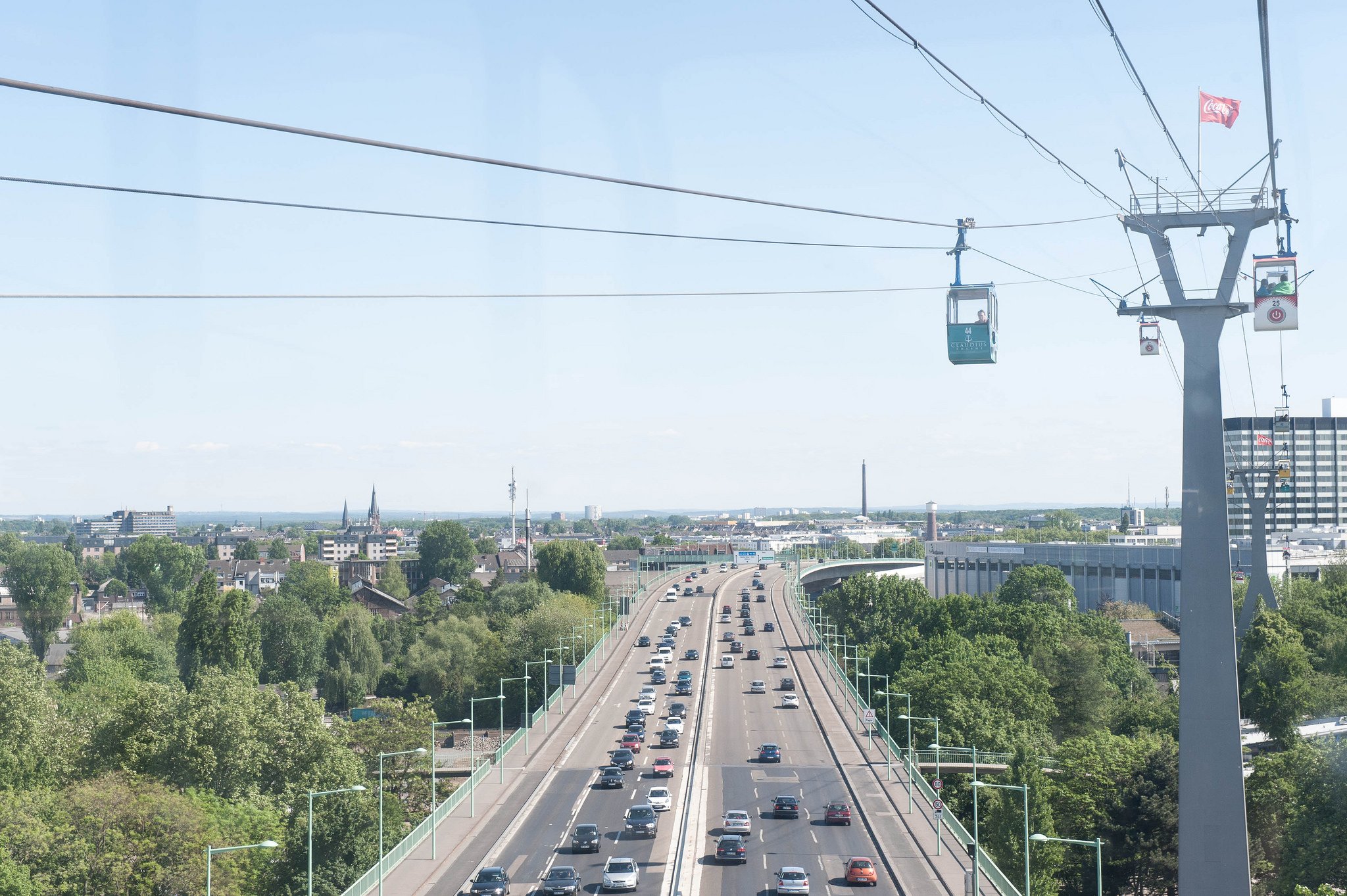 The Cologne Cable Car is a gondola lift that runs across the river Rhine in Cologne, Germany. It connects the two banks of the Rhine at the height of Cologne’s Zoo Bridge (Zoobrücke).
The Cologne Cable Car is a gondola lift that runs across the river Rhine in Cologne, Germany. It connects the two banks of the Rhine at the height of Cologne’s Zoo Bridge (Zoobrücke).
Cologne Zoological Gardens
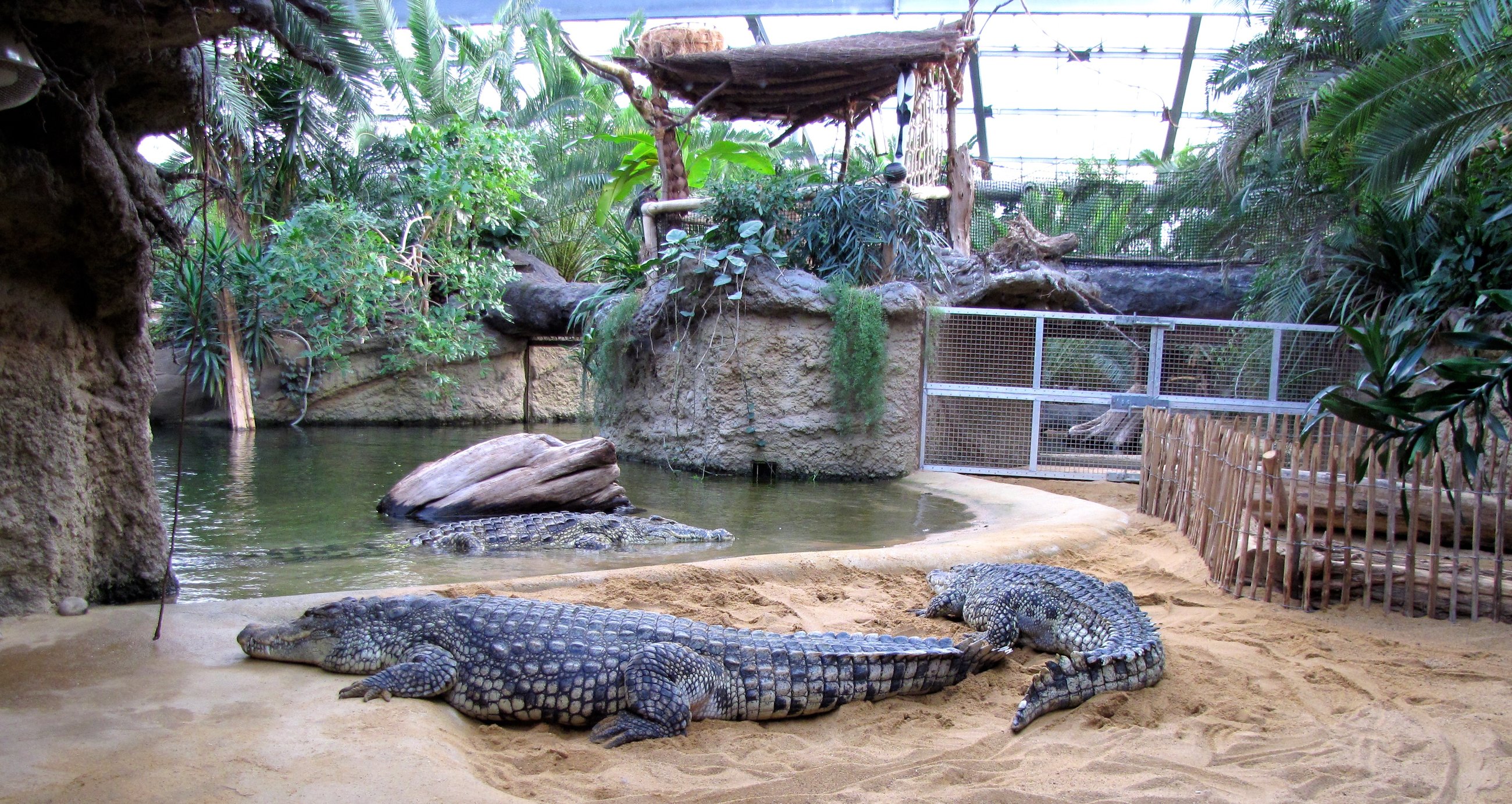 The Aktiengesellschaft Cologne Zoological Garden is the zoo of Cologne, Germany. It features over 7,000 animals of more than 700 species on more than 20 hectares. The internationally renowned zoo with an attached aquarium and invertebrate exhibit has an emphasis on primates such as bonobos and lemurs, and is active in preservational breeding of animals that are in danger of becoming extinct. In addition, in-the-wild conservation efforts and research focussing on animals of Madagascar, Wallacea, and Vietnam are actively promoted and supported via cooperation with Cologne University and local projects, such as in the case of Przewalski’s horses. The zoo was founded in 1860. The world wars led to a phase of stagnation, and the zoo had to close for two years entirely, after virtually being destroyed in World War II. It reopened in 1947; the aquarium was added in 1971. In 1985, the large primate house, one of the main attractions, was opened. Today, the zoo also features a free-flight rainforest hall with free-ranging birds and reptiles opened in 2000, and as the latest addition a large elephant park.
The Aktiengesellschaft Cologne Zoological Garden is the zoo of Cologne, Germany. It features over 7,000 animals of more than 700 species on more than 20 hectares. The internationally renowned zoo with an attached aquarium and invertebrate exhibit has an emphasis on primates such as bonobos and lemurs, and is active in preservational breeding of animals that are in danger of becoming extinct. In addition, in-the-wild conservation efforts and research focussing on animals of Madagascar, Wallacea, and Vietnam are actively promoted and supported via cooperation with Cologne University and local projects, such as in the case of Przewalski’s horses. The zoo was founded in 1860. The world wars led to a phase of stagnation, and the zoo had to close for two years entirely, after virtually being destroyed in World War II. It reopened in 1947; the aquarium was added in 1971. In 1985, the large primate house, one of the main attractions, was opened. Today, the zoo also features a free-flight rainforest hall with free-ranging birds and reptiles opened in 2000, and as the latest addition a large elephant park.
Imhoff Chocolate Museum
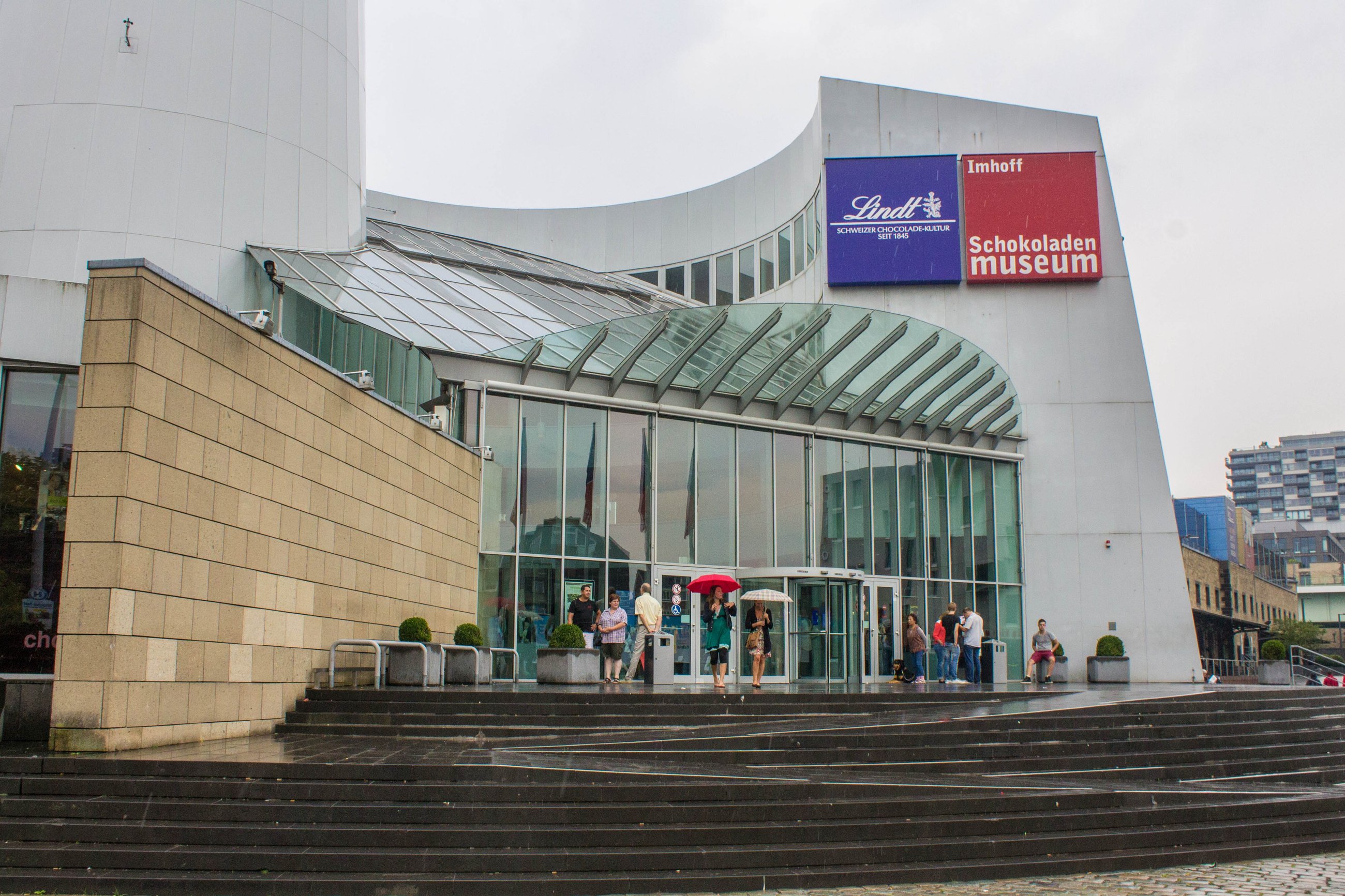 The Imhoff-Schokoladenmuseum (Imhoff chocolate museum) was opened by Hans Imhoff on 31 October 1993. It is situated in the Cologne quarter of Altstadt-Süd on the Rheinauhafen peninsula. The exhibits show the entire history of chocolate, from its beginnings with the Olmecs, Maya and Aztecs to contemporary products and production methods. With 5,000 guided tours and 675,000 visitors a year, the museum is in the Top Ten of German museums. The museum is entirely self-supporting, receiving no subsidy. It has its own marketing department and is used by the Schokoladenmuseum Gastronomie GmbH for events.
The Imhoff-Schokoladenmuseum (Imhoff chocolate museum) was opened by Hans Imhoff on 31 October 1993. It is situated in the Cologne quarter of Altstadt-Süd on the Rheinauhafen peninsula. The exhibits show the entire history of chocolate, from its beginnings with the Olmecs, Maya and Aztecs to contemporary products and production methods. With 5,000 guided tours and 675,000 visitors a year, the museum is in the Top Ten of German museums. The museum is entirely self-supporting, receiving no subsidy. It has its own marketing department and is used by the Schokoladenmuseum Gastronomie GmbH for events.
Botanical Garden
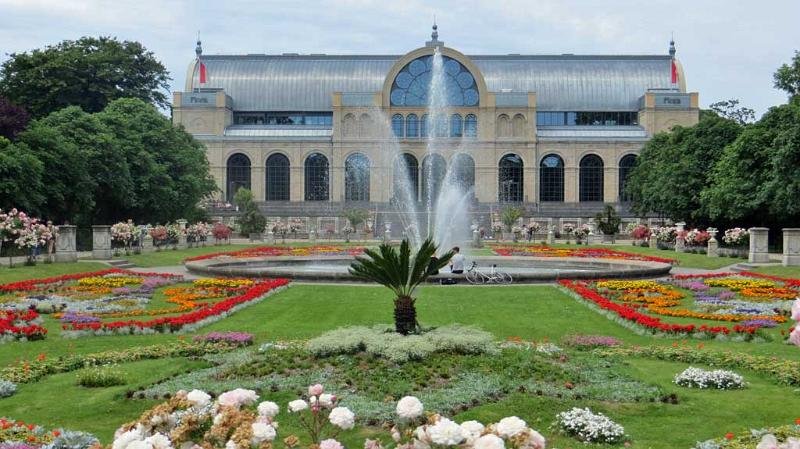 The Flora und Botanischer Garten Köln (11.5 hectares) is a municipal formal park and botanical garden located adjacent to Cologne Zoological Garden at Amsterdamer Straße 34, Cologne, North Rhine-Westphalia, Germany. It is open daily without charge. The botanical garden cultivates nearly 10,000 types of plants, including approximately 2000 species in its alpine garden. It also contains good collections of magnolias, rhododendrons, coniferous trees, maples, and Hamamelidaceae, as well as a medicinal plant garden and farmer’s garden of local crops. About 5,000 species are presented in four exhibition greenhouses.
The Flora und Botanischer Garten Köln (11.5 hectares) is a municipal formal park and botanical garden located adjacent to Cologne Zoological Garden at Amsterdamer Straße 34, Cologne, North Rhine-Westphalia, Germany. It is open daily without charge. The botanical garden cultivates nearly 10,000 types of plants, including approximately 2000 species in its alpine garden. It also contains good collections of magnolias, rhododendrons, coniferous trees, maples, and Hamamelidaceae, as well as a medicinal plant garden and farmer’s garden of local crops. About 5,000 species are presented in four exhibition greenhouses.
Roman-Germanic Museum
 The Roman-Germanic Museum is an archaeological museum in Cologne, Germany. It has a large collection of Roman artifacts from the Roman settlement of Colonia Claudia Ara Agrippinensium, on which modern Cologne is built. The museum protects the original site of a Roman town villa, from which a large Dionysus mosaic remains in its original place in the basement, and the related Roman Road just outside. In this respect the museum is an archaeological site. The museum also has the task of preserving the Roman cultural heritage of Cologne, and therefore houses an extensive collection of Roman glass from funerals and burials and also exercises archaeological supervision over the construction of the Cologne underground. Most of the museum’s collection was housed at the Wallraf-Richartz Museum in Cologne until 1946. In the front of the museum the former northern town gate of Cologne with the inscription CCAA (for Colonia Claudia Ara Agrippinensium) is on display in the building.
The Roman-Germanic Museum is an archaeological museum in Cologne, Germany. It has a large collection of Roman artifacts from the Roman settlement of Colonia Claudia Ara Agrippinensium, on which modern Cologne is built. The museum protects the original site of a Roman town villa, from which a large Dionysus mosaic remains in its original place in the basement, and the related Roman Road just outside. In this respect the museum is an archaeological site. The museum also has the task of preserving the Roman cultural heritage of Cologne, and therefore houses an extensive collection of Roman glass from funerals and burials and also exercises archaeological supervision over the construction of the Cologne underground. Most of the museum’s collection was housed at the Wallraf-Richartz Museum in Cologne until 1946. In the front of the museum the former northern town gate of Cologne with the inscription CCAA (for Colonia Claudia Ara Agrippinensium) is on display in the building.
Museum of Applied Art
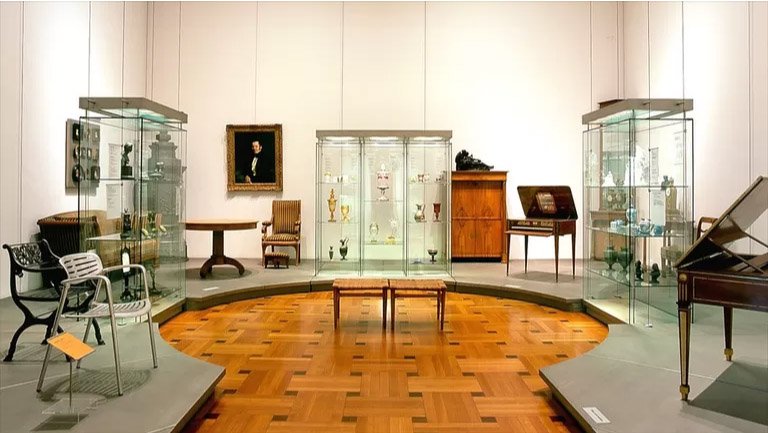 The Museum of Applied Art (Museum für Angewandte Kunst Köln) is a decorative arts museum in Cologne, Germany. The collections include jewellery, porcelain, furniture, weaponry and architectural exhibits. Until 1987 it was called the Decorative Art Museum (Kunstgewerbemuseum). The museum has a large collection (over 100,000 items) of European applied art from the 10th century to the present. This is arranged chronologically by era, and includes furniture, decorative carpets, small sculptures, dining utensils, luxury items, and decorative objects. For the sake of preservation, the textile collection is mostly displayed only in short-term special exhibitions. The museum is particularly known for its collection of modern design. An exhibition of 20th century design, created by the Vitra Design Museum of Weil am Rhein in 2008, is spread across two floors of one of the wings. It features a thematic and chronological presentation of furniture, lamps, telephones, televisions, cameras, radios and household items, by designers including Ray Eames, Dieter Rams, Frank Lloyd Wright, Philippe Starck, Ettore Sottsass, and Joe Colombo. These are exhibited alongside visual artworks by artists including Wassily Kandinsky, Victor Vasarely, Jesús Rafael Soto, Piet Mondrian and Günther Uecker, in order to show the historical relationships between art and design.
The Museum of Applied Art (Museum für Angewandte Kunst Köln) is a decorative arts museum in Cologne, Germany. The collections include jewellery, porcelain, furniture, weaponry and architectural exhibits. Until 1987 it was called the Decorative Art Museum (Kunstgewerbemuseum). The museum has a large collection (over 100,000 items) of European applied art from the 10th century to the present. This is arranged chronologically by era, and includes furniture, decorative carpets, small sculptures, dining utensils, luxury items, and decorative objects. For the sake of preservation, the textile collection is mostly displayed only in short-term special exhibitions. The museum is particularly known for its collection of modern design. An exhibition of 20th century design, created by the Vitra Design Museum of Weil am Rhein in 2008, is spread across two floors of one of the wings. It features a thematic and chronological presentation of furniture, lamps, telephones, televisions, cameras, radios and household items, by designers including Ray Eames, Dieter Rams, Frank Lloyd Wright, Philippe Starck, Ettore Sottsass, and Joe Colombo. These are exhibited alongside visual artworks by artists including Wassily Kandinsky, Victor Vasarely, Jesús Rafael Soto, Piet Mondrian and Günther Uecker, in order to show the historical relationships between art and design.
Altenberg Dom
 The Altenberger Dom (or Bergischer Dom) is the former abbey church of Altenberg Abbey which was built from 1259 in Gothic style by Cistercians. Listed as a cultural heritage, it is located in Altenberg, now part of Odenthal in the Rheinisch-Bergischer Kreis, North Rhine-Westphalia, Germany. Until 1511, the church was the burial site of counts and dukes of Berg and the dukes of Jülich-Berg. Badly damaged after the monastery was dissolved in 1803 due to the secularisation of Germany, the church was rebuilt with support from Friedrich Wilhelm IV of Prussia, who decreed in 1857 that it was to serve as a parish church simultaneously for a Catholic and a Protestant parish. The German name has sometimes been translated to English as Altenberg Cathedral, but it was never a cathedral, a bishop’s seat.
The Altenberger Dom (or Bergischer Dom) is the former abbey church of Altenberg Abbey which was built from 1259 in Gothic style by Cistercians. Listed as a cultural heritage, it is located in Altenberg, now part of Odenthal in the Rheinisch-Bergischer Kreis, North Rhine-Westphalia, Germany. Until 1511, the church was the burial site of counts and dukes of Berg and the dukes of Jülich-Berg. Badly damaged after the monastery was dissolved in 1803 due to the secularisation of Germany, the church was rebuilt with support from Friedrich Wilhelm IV of Prussia, who decreed in 1857 that it was to serve as a parish church simultaneously for a Catholic and a Protestant parish. The German name has sometimes been translated to English as Altenberg Cathedral, but it was never a cathedral, a bishop’s seat.
St. Gereon’s Basilica
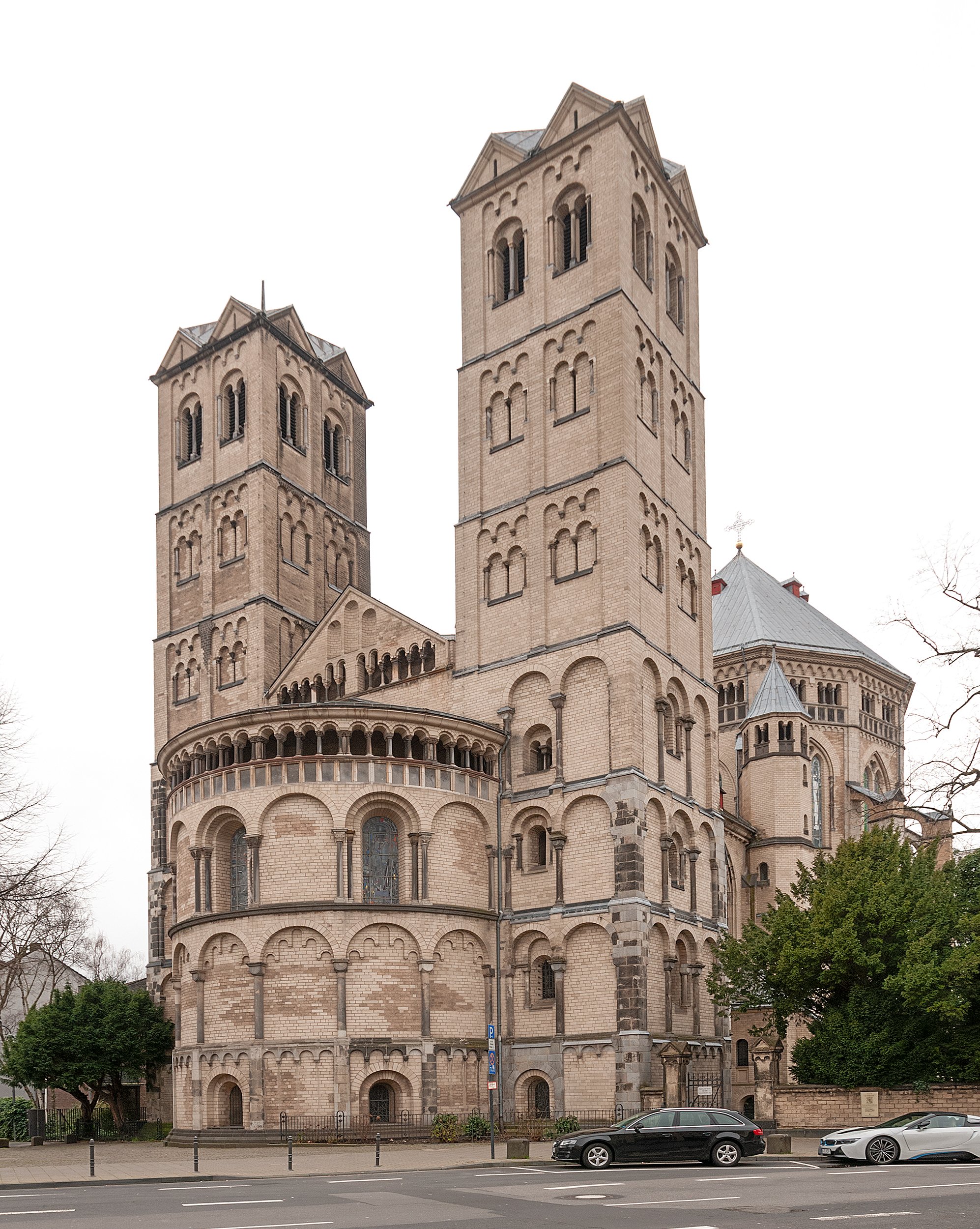 St. Gereon’s Basilica (Basilika Sankt Gereon) is a Roman Catholic church in Cologne, Germany, dedicated to Saint Gereon, and designated a minor basilica on 25 June 1920. The first mention of a church at the site, dedicated to St. Gereon, appears in 612. However, the building of the choir gallery, apse, and transepts occurred later, beginning under Archbishop Arnold II von Wied in 1151 and ending in 1227. It is one of twelve great churches in Cologne that were built in the Romanesque style. St. Gereon has a highly irregular plan, the nave being covered by a decagonal oval dome, 21.0 m long and 16.9 m wide, completed in 1227 on the remains of Roman walls, which are still visible. It is the largest dome built in the West between the erection of the Hagia Sophia in the 6th century and the Duomo of Florence in the 15th century.
St. Gereon’s Basilica (Basilika Sankt Gereon) is a Roman Catholic church in Cologne, Germany, dedicated to Saint Gereon, and designated a minor basilica on 25 June 1920. The first mention of a church at the site, dedicated to St. Gereon, appears in 612. However, the building of the choir gallery, apse, and transepts occurred later, beginning under Archbishop Arnold II von Wied in 1151 and ending in 1227. It is one of twelve great churches in Cologne that were built in the Romanesque style. St. Gereon has a highly irregular plan, the nave being covered by a decagonal oval dome, 21.0 m long and 16.9 m wide, completed in 1227 on the remains of Roman walls, which are still visible. It is the largest dome built in the West between the erection of the Hagia Sophia in the 6th century and the Duomo of Florence in the 15th century.
Augustusburg and Falkenlust Palaces
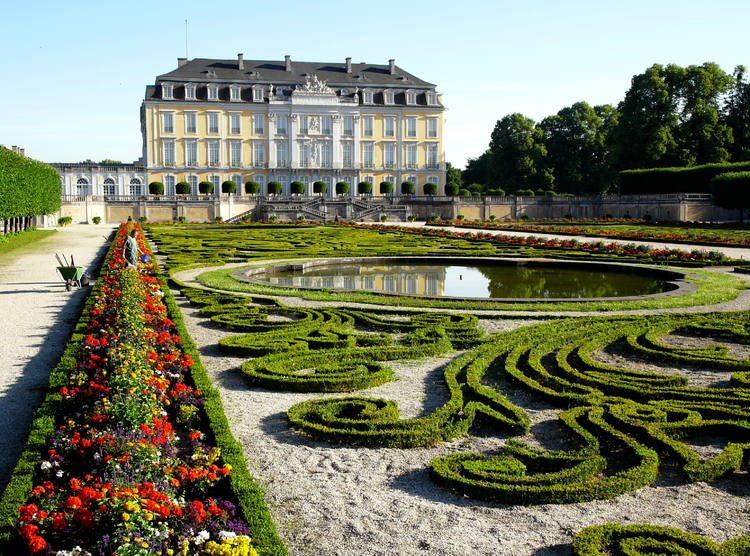 The Augustusburg and Falkenlust Palaces form a historical building complex in Brühl, North Rhine-Westphalia, Germany, which has been listed as a UNESCO cultural World Heritage Site since 1984. The buildings are connected by the spacious gardens and trees of the Schlosspark. Augustusburg Palace (German: Schloss Augustusburg) and its parks also serve as a venue for the Brühl Palace Concerts. The Max Ernst Museum is located nearby. The palaces were built at the beginning of the 18th century by the Archbishop-Elector of Cologne, Clemens August of Bavaria of the Wittelsbach family. The architects were Johann Conrad Schlaun and François de Cuvilliés. The main block of Augustusburg Palace is a U-shaped building with three main storeys and two levels of attics. The magnificent staircase was designed by Johann Balthasar Neumann. The gardens were designed by Dominique Girard. An elaborate flower garden for an area south of the palaces was also designed, but it was restructured by Peter Joseph Lenné in the 19th century and turned into a landscape garden. Attempts to renovate the area have proven difficult, due to poor source material availability. Falkenlust hunting lodge was designed by François de Cuvilliés and built from 1729 to 1740, in the style of the Amalienburg hunting lodge in the park of Nymphenburg Palace. From shortly after World War II until 1994, Augustusburg was used as a reception hall for guests of state by the German President, as it is not far from Bonn, which was the capital of the Federal Republic of Germany at that time.
The Augustusburg and Falkenlust Palaces form a historical building complex in Brühl, North Rhine-Westphalia, Germany, which has been listed as a UNESCO cultural World Heritage Site since 1984. The buildings are connected by the spacious gardens and trees of the Schlosspark. Augustusburg Palace (German: Schloss Augustusburg) and its parks also serve as a venue for the Brühl Palace Concerts. The Max Ernst Museum is located nearby. The palaces were built at the beginning of the 18th century by the Archbishop-Elector of Cologne, Clemens August of Bavaria of the Wittelsbach family. The architects were Johann Conrad Schlaun and François de Cuvilliés. The main block of Augustusburg Palace is a U-shaped building with three main storeys and two levels of attics. The magnificent staircase was designed by Johann Balthasar Neumann. The gardens were designed by Dominique Girard. An elaborate flower garden for an area south of the palaces was also designed, but it was restructured by Peter Joseph Lenné in the 19th century and turned into a landscape garden. Attempts to renovate the area have proven difficult, due to poor source material availability. Falkenlust hunting lodge was designed by François de Cuvilliés and built from 1729 to 1740, in the style of the Amalienburg hunting lodge in the park of Nymphenburg Palace. From shortly after World War II until 1994, Augustusburg was used as a reception hall for guests of state by the German President, as it is not far from Bonn, which was the capital of the Federal Republic of Germany at that time.


